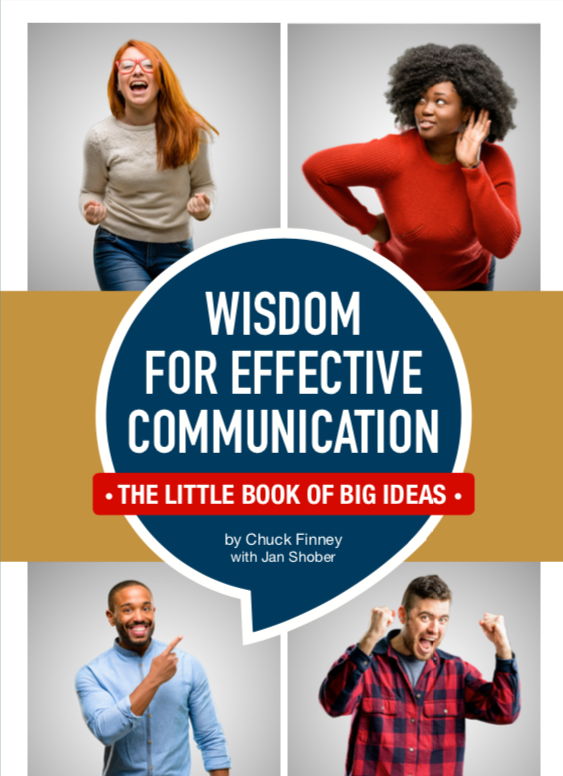Note: We’ve mentioned often, especially reflecting on the concept of “failing fast”. But there’s more to explore. That’s why we’re discussing the book’s concepts in our blog. Please read on.
As business owners, managers, and content creators, you have a delicate balance to maintain: create a recognizable brand so people know what to expect when they come to you, while also innovating when needed. It’s a challenging task, and not everyone succeeds at it. So, how do you do it?
A favorite business thought leader is Eric Ries and his popular book “The Lean Startup”. A many-time entrepreneur who questioned the “usual” way things were done in business, he presents a roadmap for innovators on the path from new idea to successful business. He applies techniques that manufacturers have long used. And, these concepts are not just for two-person ventures based out of a garage.
Ries paints a broad definition of both entrepreneur and startup, so his principles can ultimately be used by anyone in any level of a business wanting to test out new ideas.
Ries states that your ideal aim and goal should be to “learn what customers really want.” So, how does one go about doing that? By using empirical data that measures actual customer response.
Measurable data is essential for a business. “The Lean Startup” shows you how to apply scientific methods to business management and get feedback from your customers often in a process Ries calls the Build-Measure-Learn feedback loop. You start by stating your idea as a business hypothesis. Next you’ll build a “minimum viable product”. He emphasizes not wasting much time on a product that customers may or may not want and introduce the product or offering to the most forgiving segment of your potential customer base.
You use your metrics to measure your customers’ response and start making small changes to your product methodically and as quickly as possible, watching your metrics with each change to determine whether or not your hypothesis was correct.
This kind of research is critical for gaining traction on an idea, and it gives you the information you need when it’s time to decide whether to persevere with the idea (is it a viable business venture?) or make a “pivot”—that is, decide to use the information you’ve gathered to test an entirely new business hypothesis. This may involve using a different technology, or targeting a different customer segment or customer need, among other things. Sometimes you’ll make several pivots before you come up with something that customers want.
Addressing the need to stay efficient as your business grows, Ries suggests a concept called “The Five Whys.” Essentially, for every problem that arises, you ask “why?” five times in order to get to the true root cause of the issue. It sounds simple but can easily devolve into blame-shifting. He gives examples of how to execute this concept, but Mr. Ries misses some specifics that would give would-be users of the concept a better grasp on how to manage it. For example, is five times the magic number? If you get to the root of the problem after asking “why?” three times, should you be concerned? Or, what if it takes ten times? Additionally, Ries explains that you should make preventative changes at each level of the issue—each answer to “why?” constitutes one level—but is it more efficient in a meeting to come up with a solution to each level as it’s addressed, or to wait until you know the root problem and then backtrack?
This must-read is ideal for anyone in business who wants to learn how to innovate effectively, be more efficient, and find out if their ideas really solve the problems they’re supposed to. As to testing, we’d love to discuss how research can help you innovate. Read about ways we RESEARCH, and then CONTACT us.


